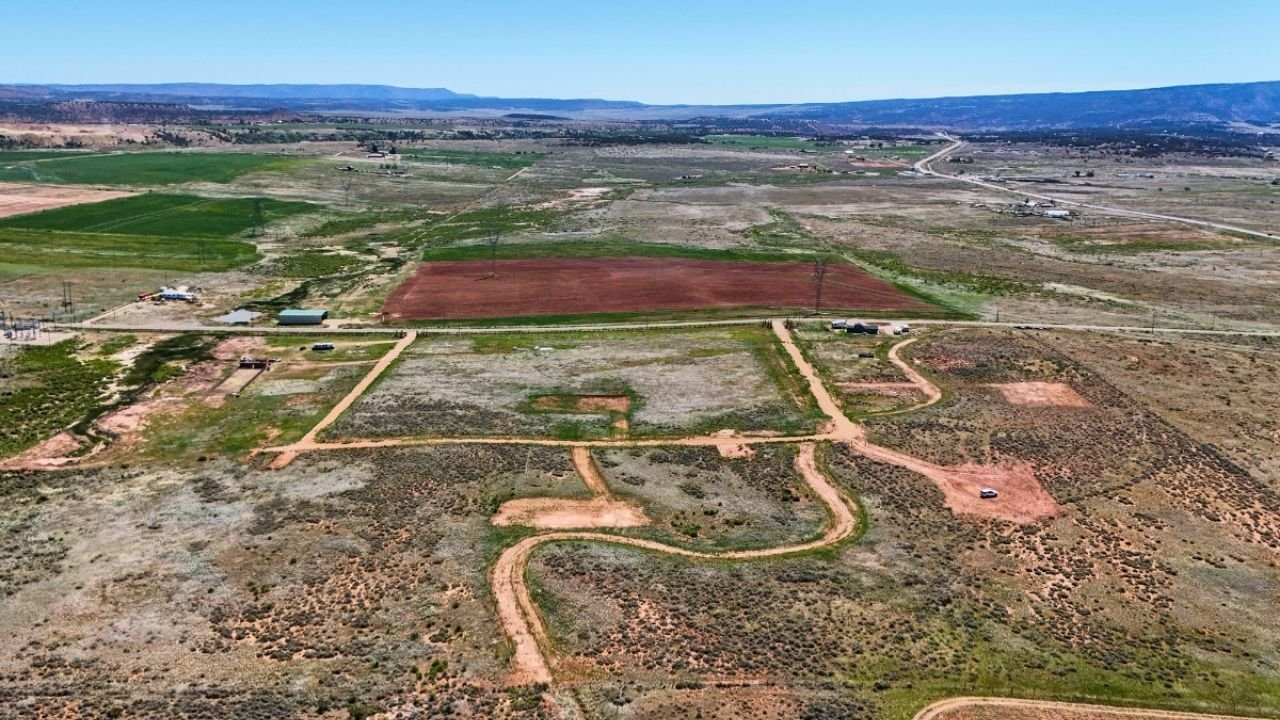How to Start a Small Pasture or Grow Fodder Crops
Starting a small pasture or growing fodder crops on your land can help you feed animals, improve your soil, and make the most of your property. Whether you have just a few acres or a larger piece of land, creating a simple grazing area takes planning, patience, and consistent care. Utah’s climate can be challenging, but with the right approach, you can grow strong, healthy forage that supports both livestock and your land.
1. Plan Your Space
The first step is deciding how much land you want to use for pasture or fodder crops. Think about the number and type of animals you plan to feed and how much grazing space they will need. A small piece of land can still go a long way if you manage it properly. Rotating animals between sections of land gives grass time to regrow and keeps your soil healthy. Before you begin, make sure your property’s zoning allows livestock or agricultural use so you can plan without running into issues later.
Begin small: Even a half-acre can support chickens, goats, or small livestock if it’s well-managed.
Rotate grazing: Divide your pasture into sections so grass can rest and regrow between uses.
Check zoning: Verify that your property allows grazing or small-scale agriculture before you start.
2. Choose the Right Crops
Choosing the right mix of grasses and plants will determine how productive your pasture becomes. Utah’s dry climate is best suited for hardy species that can thrive with limited rainfall and strong sun. You’ll want to pick a blend that fits your local soil type, water availability, and elevation. If you’re growing fodder indoors for supplemental feed, fast-growing grains like barley and wheatgrass are good choices since they sprout quickly and provide consistent nutrition.
Orchardgrass
Timothy
Brome
Alfalfa
Clover
These options do well in Utah’s conditions, offering a mix of protein, fiber, and growth resilience for grazing animals.
3. Prepare the Soil
Healthy soil is the foundation of any successful pasture. Start by clearing the area of rocks, weeds, and debris so your seeds have room to grow. It’s a good idea to test your soil to see what nutrients it might be missing. Adding compost, manure, or organic fertilizer can help improve fertility and structure. Once the soil is ready, loosen it lightly with a rake or tiller before seeding. Consistent watering during the first few weeks is key, especially in Utah’s drier regions.
Test your soil: Find out if it needs extra nutrients or pH adjustments.
Add organic matter: Compost and manure improve moisture retention and fertility.
Water consistently: Keep soil damp until your pasture is well established.
4. Maintain and Rotate
Once your pasture is growing, regular care will keep it strong and productive. Avoid overgrazing by rotating animals through sections and allowing grass to recover between uses. Mow or trim weeds before they seed, and reseed bare spots each season to keep the pasture thick. If you’re growing fodder crops, clean your trays or growing systems regularly to prevent mold and maintain healthy growth cycles.
Rotate animals: This keeps grass healthy and prevents soil compaction.
Control weeds: Mow regularly to prevent unwanted plants from spreading.
Overseed yearly: Fill in bare areas for better coverage and stronger regrowth.
Start Small and Grow Over Time
Building a pasture or growing fodder doesn’t have to happen all at once. Start small, learn what grows best on your land, and expand as you gain experience. With the right care, even a modest plot can produce steady feed for your animals while improving your property’s health and value.


